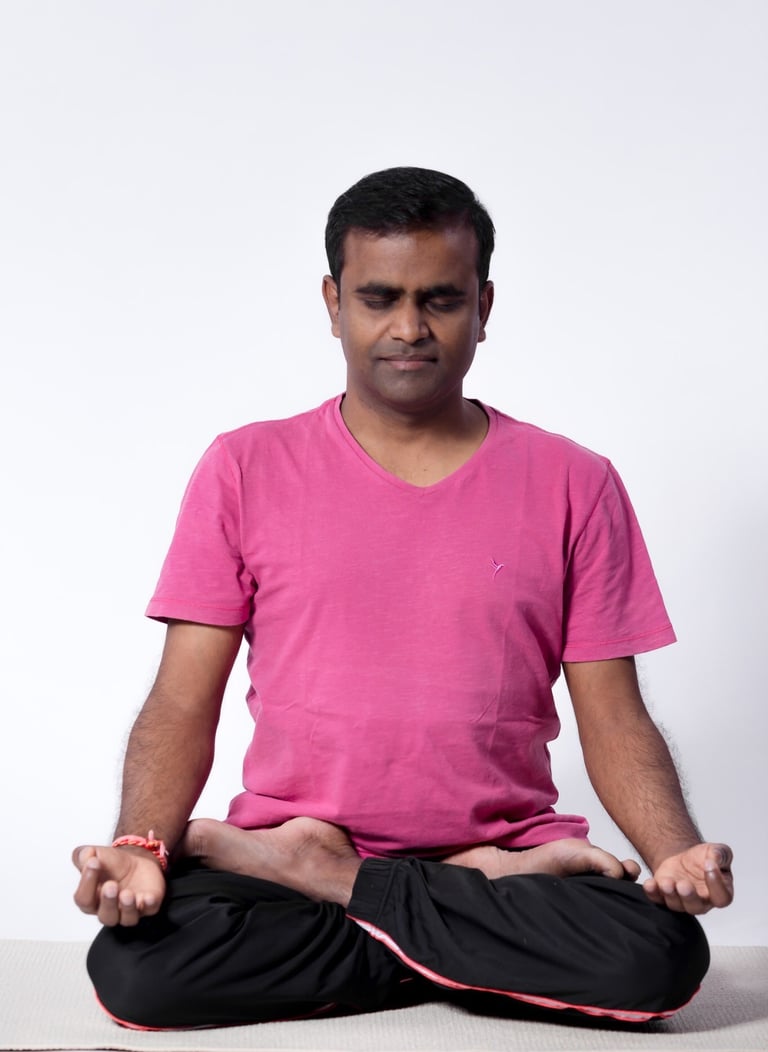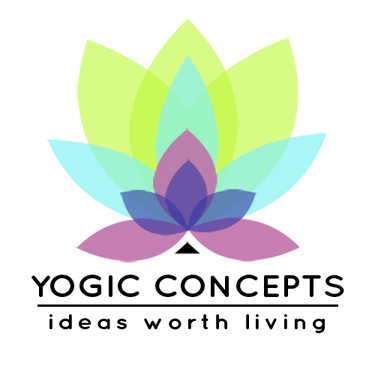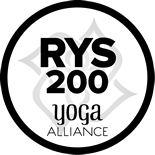Padmasana – The Best Asanas to Practice Pranayama and Meditation
Blog post description.
Dr. Anil Singh
7/28/20214 min read


Padmasana – The best Asanas to Practice Pranayama and Meditation. It is Also Called as Kamalasana or Lotus Posture.
As per Yogic Texts Padmasana is not just a Asana or physical posture. It has all aspects of practices like Bandhas, Mudras, Drishti and meditative attitude included in it. Lets explore about it in this small article.
Sanskrit word Padma means Lotus and Asana means Posture. In the final position of this posture both feet are places on opposite thighs while soles are turned upward. The position of the legs and feet resemble leaf of Lotus flower. And the two hands arranged one above other seems like blooming lotus.
When it comes to the practice that how old it is, most commonly we can find the idols of Buddha and Mahavira sitting in this posture and meditating tells the time and importance of the practice.
In Hatha Yoga practice Asanas are divided in 3 categories:
(1) Dhyanatmaka Asana or Meditative Postures
(2) Vyayamatmaka Asana or Physical Culturative Postures
(3) Shithilikarana Asana or Relaxative Postures
Padmasana comes in the first category. It has been given so much importance in asana practice with Siddhasana, Simhasana, and Bhadrasana in Hatha Yoga Pradipika, one of the most popular text in Hatha Yoga.
Hatha Yoga Pradipika has described Padmasana from verse number 44 to 49 in its 1st Chapter where it talks about three different techniques of Padmasana.
First technique of Padmasana is described (Hatha Yoga Pradipika 1/44) as:
“Placing firmly the right foot upon left thigh and left foot upon right thigh, catch hold of firmly the two toes from behind as per the technique. Place the chin on the chest and gaze at the tip of the nose. This is called Padmasana by great Yogis. which is the destroyer of all diseases”
If we see the arrangement of legs and hand only, this technique is known as Baddha-Padmasana nowadays.
Second technique of Padmasana is described (Hatha Yoga Pradipika 1/45-46) as:
“Place both the soles facing upward upon the thighs effortfully, then place both the palms facing upward upon the middle of the heels, then the eyes gazing at the tip of the nose. Place the tongue against the root of the frontal teeth, adjust the chin upon the chest, slowly raise the Apana Vayu upward.”
Third technique of Padmasana is described (Hatha Yoga Pradipika 1/48-49) as:
“Arrange the position of the legs and hand as in 2nd technique, place the chin upon chest retain the air inhaled, lift the Apana Vayu upward again and again and meditating upon the conscious principle or the Soul. The Practitioner attains unparallel awareness by the power of Kundalini.”
One common thing we can notice in all three techniques of Padmasana is arrangement of the legs. In first technique arms and hands are positioned behind the body to catch hold respective toes.
Apart from legs and hands position we notice that there are so many things involved in Padmasana practice. We find and can say that just position of the legs and the hands only do not make Padmasana complete.
It employs the position of the chin on the chest which is called “Jalandhar Bandha” in Yoga. It is mentioned in all three techniques of Padmasana. Second and third techniques mention about the lifting the Apana Vayu. Lifting the Apana Vayu is called Mula Bandha or we can say Apana Vayu can be lifted by applying Mula Bandha only.
Application of Jalandhar Bandha and Mula Bandha are the essential part of Pranayama or Kumbhaka Practice in Yoga. This is the first sign that how important Padmasana practice is in Pranayama practice.
By including all essential components of Pranayama or Kumbhaka practice in Padmasana, Hatha Yoga Pradipika gives clear signal that, this is the appropriate Asana to adopted while practicing Pranayama.
In second and third technique of Padmasana there is clear instruction about placing the tongue against hard palate behind the upper teeth, known as ‘Rajadanta’. According to Brahmananda the first commentator of Hatha Yoga Pradipika, pressing the tongue against upper teeth or Rajadanta gives the effect of mild Mula Bandha and Uddiyana Bandha. This technique is better knows as Jihva Bandha” also.This is considered the safe way to practice these bandhas. Because wrong practice of Mula Bandha can lead to several health issues.
Apart from application of Bandhas in Padmasana, there is clear instruction about where to put physical gazing “Drishti” in first and second technique. It says to fix your gaze or eyes on “Nasagra” or at the tip of the nose. Gazing at the tip of the nose is a very powerful practice for wondering mind. Regular practice of Nasagra Drishti over the time has beneficial effect on unsteady mind, which will help to meditate upon Conscious principle or Soul eventually.
Padmasana provides solid base to the body, helps to keep spine naturally straight to maintain centre of gravity to makes body steady. Creates space in thoracic area to help with Pranayama and proper breathing. By doing Drishti in this Asana will make mind steady which will lead to Dhyana or meditation.
Padmasana is the practice which adds in the practice of Pranayama and Meditation as described in text and above. That’s why Padmasana becomes more important in overall Yoga practice not only in the Asanas. In fact while describing Pranayama and meditation techniques, Yoga text mention that particular pranayama or meditation should be practice in Padmasana.
Padmasana practice is part of so many other asanas also. So mastering it not only helpful with the purpose of Pranayama and meditation but you will be able to do many other asanas which start by adopting Padmasana. Names are like Matsyasana, Padma Sarvangasana, Kukkutasana, Tolangulasana, Padma Mayurasana etc.
Precaution:
Mastering Padmasana can take long time, practitioners should look for proper guidance and step by step technique to adopt it
Nasagra Drishti directly works upon brain by optic nerves, this should be practiced with caution and guidance also. Person with weak nerves should practice with supervision only.
Learn all the Bandhas in able guidance also.







